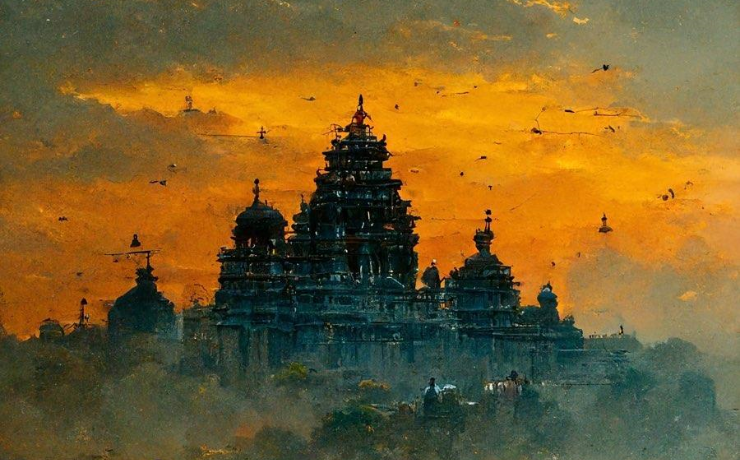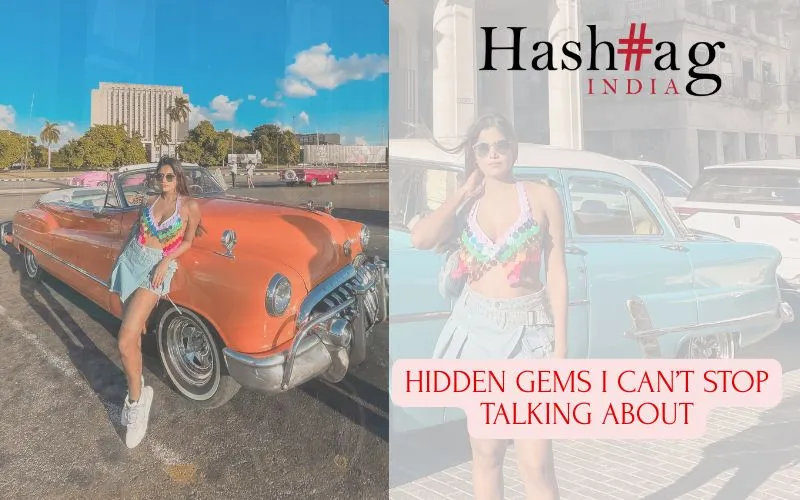India has been ruled by several dynasties and kingdoms throughout history. The ancient cities in India have aged delightfully with time. Visiting ancient cities in India will bring you an insight into the architectural marvels, and fascinating stories which have shaped our country’s culture, and glorious past. Now let us travel back in time and explore the ancient cities that are an inspiration to modern cities.
- Varanasi
Varanasi also called the City of Lights, or Temples is a sacred city located on the bank of the river Ganga. It is one of the oldest cities in India, dating back to more than 5,000 years. Today Varanasi is a busy city and an important religious destination for devotees across the globe. Experience the mesmerizing event- Ganga Aarti and visit temples that date back to 1,000-1,500 years old. You can also visit Sarnath which is just 10 kms from Varanasi, it is a popular place where Gautama Buddha preached his first words.

- Madurai
Madurai is one of the most popular ancient cities in India which dates back to 4,000 years. There are many temples here, among which Madhurai Meenakshi Amman Temple is the most sacred place. The temple was constructed by Pandayan Emperor Sadayavarman Kulasekaran and it is an architectural wonder. Located close to the Meenakshi Temple, Samanar Hill is a first-century cavern that was once used by Jain priests. You can also visit Koodal Azhagar Temple which is considered the abode of Lord Vishnu. Madurai is not only popular for its tradition, but also for its tasty food like Murugan Idli Kadai, Crispy Golden Dosas, Kola Urundai, and Kalkandu Sadam.

- Ayodhya
Ayodhya is a popular place known for the old Hindu epic Ramayana. Ayodhya is also called the birthplace of Lord Rama. The city is located on the banks of the Sarayu River and it was established by God Manu. It is believed that Ayodhya dates back to 9,000 years. The place will become more popular in the coming days as the Ayodhya Ram Temple is being built on a grand scale. Apart from that, there are some popular tourist spots in the city which are Treta Ke Thakur, Guptar Ghat (the place where Lord Rama is believed to have drowned himself), and Kanak Bhavan.

- Ujjain
Ujjain is home to many old and new temples. It is an important religious place in India with many Hindu temples located on the banks of the River Shipra. The place became a prominent political center in 600 BCE, Ujjain is also the place where three rivers meet (River Sarswati, River Shipra, and River Kahn), this is called Triveni Sangham. Some of the popular places to visit in Ujjain are Mahakaleshwar Temple which is one of the 12 Jyotirlingas, Kark Rajeshwar Temple, and it is also believed that taking a dip in the River Shipra will free an individual from all sins.

- Thanjavur
Thanjavur is one of the most beautiful cities in India. It rose to popularity during the Chola’s reign when they made this city their capital. Thanjavur was the cultural and heritage city of India during the 18th century, and today this city is called the Rice Bowl Of South India. The city is the home to Brihadeeswarar Temple which is a UNESCO World Heritage Site constructed by Raja Chola I. Other popular tourist spots in Thanjavur are Saraswathi Mahal Library, Thanjavur Maratha Palace, Royal Palace Museum, and Schwartz Church. Thanjavur is also popular for its paintings and dolls.

- Dwarka
Dwarka City located in the state of Gujarat is a famous Hindu Pilgrimage site. The place is popular for the Dwarkadheesh Temple which was built on the banks of the Gomti Creek. Dwarka resonates with the holy chants of Hare Krishna, and people still worship Lord Krishna as their king. The other popular tourist spots in Dwarka are Nageshwar Jyotirlinga, and you can go on a boat ride to Beyt Dwarka Island, and witness the architectural marvel of the Rukmini Temple.

- Hampi
Hampi is a UNESCO World Heritage Site popular for its stone temples and ancient ruins. Hampi was once the capital of the Vijayanagara Empire and the city became popular during the reign of Sri Krishnadevaraya. During those glorious days, Hampi was the wealthiest city in India. Some of the temples are in ruins which happened during the Battle of Talikota, followed by the massive destruction of Hampi. Enjoy the sunrise and sunset over ancient ruins and learn interesting facts about ancient sculptures, and architecture.

- Delhi
The history of Delhi dates back to the Mughal Dynasty. As per the mythology, Delhi was once the capital of Pandavas, earlier it was called Indraprastha. Five dynasties ruled Delhi and the history of the capital city is glorious. Here you can visit some popular places like Akshardham Temple, explore the largest spice market Chandni Chowk, and visit temple Hanuman Temple and Gauri Shankar Temple.

Conclusion: These are some of the known ancient cities in India. Visit any of these places and get insight into the rich culture and heritage of marvellous India.





























